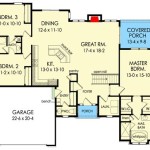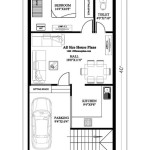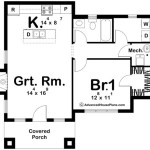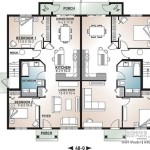Design Your Own Home Floor Plan
Designing your own home floor plan is a rewarding and exciting experience that allows you to create a space that perfectly suits your needs and lifestyle. Here's a comprehensive guide to help you navigate this process with ease:1. Determine Your Needs and Requirements
Start by defining your space requirements, including the number of bedrooms, bathrooms, and other rooms you need. Consider your current and future needs, as well as the lifestyle and activities of your family.2. Gather Inspiration and Create a Mood Board
Collect images and ideas from magazines, websites, and online platforms to visualize your dream home. Create a mood board to combine these inspirations and establish an overall design aesthetic.3. Choose a Home Design Software
Utilize user-friendly home design software to create your floor plan digitally. These programs can provide templates, drawing tools, and the ability to experiment with different layouts and dimensions.4. Establish the Basic Layout
Start by sketching the overall shape of your house and allocating space for the main rooms. Consider the flow of movement, natural light, and room adjacencies to create a functional and inviting layout.5. Design the Individual Rooms
Determine the dimensions and shape of each room, considering factors such as furniture placement, window placement, and storage needs. Ensure that the rooms are proportionate and conducive to their intended use.6. Incorporate Architectural Elements
Enhance your floor plan by incorporating architectural elements such as pillars, arches, or vaulted ceilings. These elements can add character and interest, as well as improve spatial dynamics.7. Plan for Utility Spaces
Don't forget to allocate space for essential utility areas such as closets, storage rooms, mechanical rooms, and laundry facilities. These spaces are crucial for organization and functionality.8. Consider Outdoor Spaces
Incorporate outdoor spaces such as decks, patios, or balconies into your floor plan. These areas extend your living space and provide a connection to the natural environment.9. Finalize the Plan and Seek Professional Review
Once you have a complete floor plan, finalize the dimensions, materials, and any additional details. Consider consulting with a professional architect or designer for feedback and to ensure the plan meets building codes and regulations.10. Enjoy Your Custom Home!
Designing your own home floor plan is a personalized and fulfilling endeavor. By following these steps, you can create a home that truly reflects your vision and enhances your lifestyle.
House Plans How To Design Your Home Plan

Design Your Own Home House Designing Homes

House Plans How To Design Your Home Plan

Floor Plans Learn How To Design And Plan

Creating Your Dream Custom Floor Plan Citadel Signature Homes

Tips For Selecting The Right Floor Plan Your Home Sater Design Collection

Floor Plans How To Design The Perfect Layout Cherished Bliss

Floor Plans Build On Your Lot Custom Home Builder New Construction Design Tech Homes Builders

House Plans How To Design Your Home Plan

Floor Plans Learn How To Design And Plan








